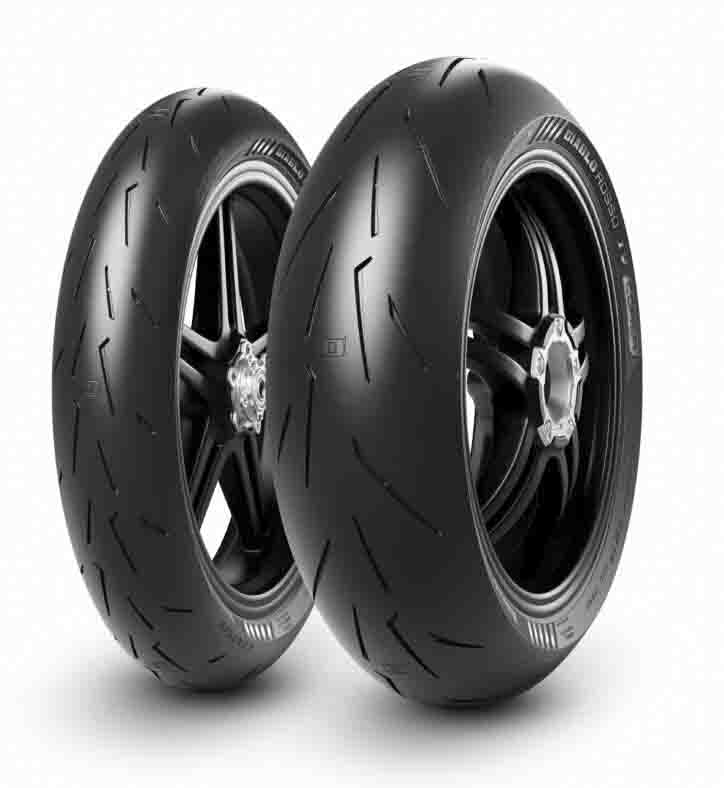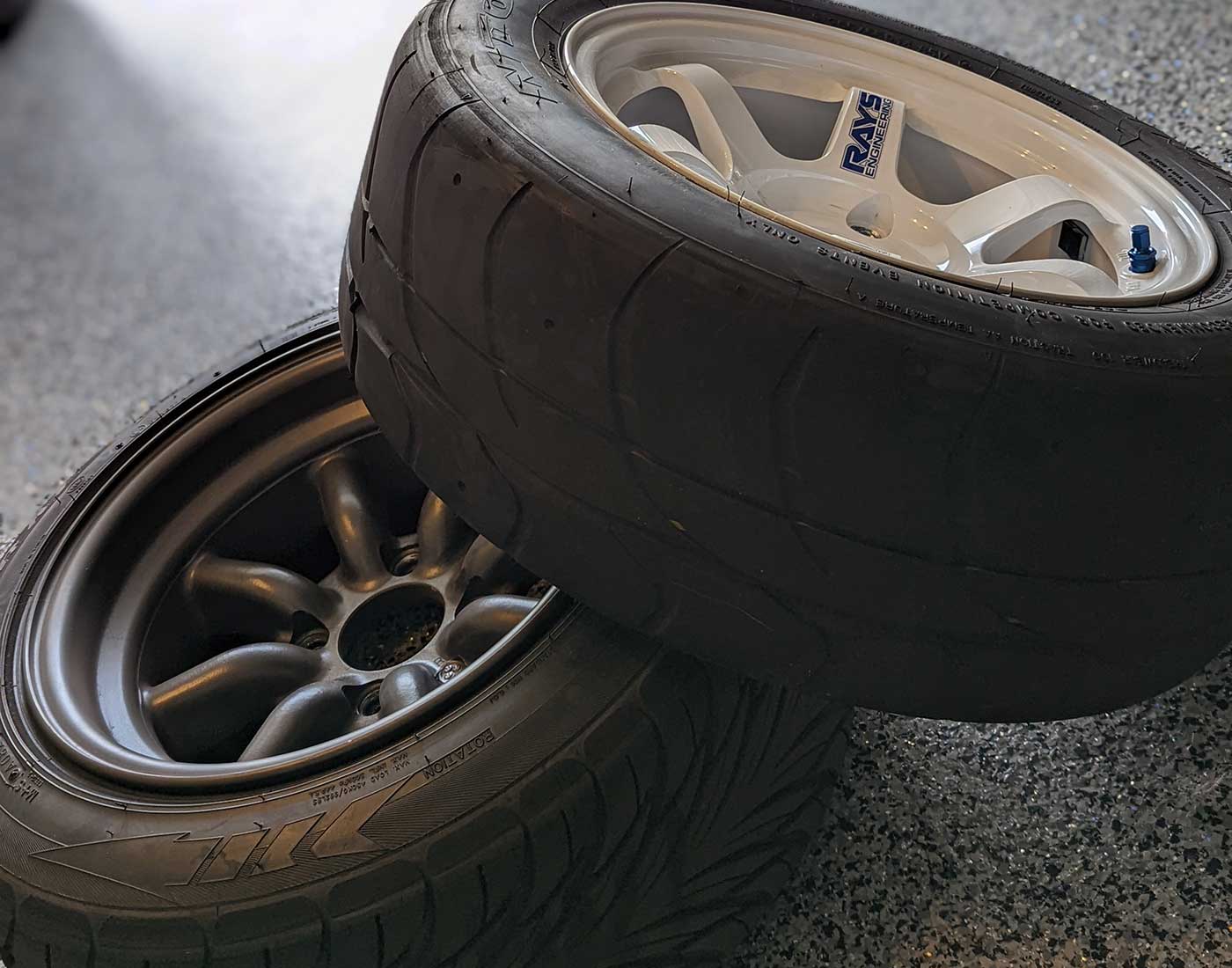All Categories
Featured
Table of Contents
I had the ability to obtain 100 hours out of one of these tires, and while it had definitely no tire lugs left on it, the soft compound made it function really wellas long as I was making use of a soft mousse. Kitt Stringer picture Easy placing - 3Wear - 3Sidewall strength - 3Performance on roots - 4Performance on damp rocks - 2Traction on dust - 5Cornering capability - 4Traction while braking - 4Self-clearing of dirt and mud - 3Performance in mud - 3Overall predictability or tracking - 3 _ 37 Conclusion: This is an excellent well-rounded tire with great value for money.

The wear was consistent and I such as how lengthy it lasted and how constant the feel was throughout use. This would likewise be a good tire for faster races as the lug size and spacing little bit in well on quick surface. Kitt Stringer photo Easy installing - 3Wear - 3Sidewall strength - 3Performance on origins - 4Performance on damp rocks - 4Traction on dirt - 4Cornering capability - 4Traction while stopping - 5Self-clearing of dirt and mud - 4Performance in mud - 4Overall predictability or tracking - 4_42 Final thought: I liked this tire a lot.
If I had to get a tire for difficult enduro, this would certainly be in my leading selection. Easy installing - 3Wear - 3Sidewall stamina - 3Performance on origins - 4Performance on damp rocks - 3Traction on dust - 4Cornering capacity - 3Traction while stopping - 3Self-clearing of dirt and mud - 4Performance in mud - 4Overall predictability or monitoring - 3 _ 34 Conclusion: This tire was really soft and flexible.
All the gummy tires I checked carried out rather close for the initial 10 hours or two, with the champions mosting likely to the softer tires that had much better grip on rocks (Tyre deals). Acquiring a gummy tire will absolutely give you a strong advantage over a routine soft substance tire, however you do pay for that advantage with quicker wear
Reliable Tyre Safety Checks Near Me
Finest value for the rider that desires good performance while obtaining a fair amount of life. Ideal hook-up in the dirt. This is an excellent tire for spring and autumn problems where the dirt is soft with some wetness still in it. These proven race tires are great around, yet use quickly.
My total winner for a hard enduro tire. If I needed to invest cash on a tire for day-to-day training and riding, I would certainly choose this set.
Tyre Rotation Services Near Me
I have actually been running a set of Michelin Power Pilot 2CT's on my track Daytona 675 for the previous year. In that time I have done 15 track days in all weathers from chilly wet to extremely hot and these tires have never ever missed out on a beat. Car tyres. I have actually done almost 2,000 miles (3,200 kilometres) on them and as you can see from this shot of the front taken after first session of my 15th track day on them, they still have quite a lot of rubber left on them
Simply put the 2CT is a fantastic track day tire. If you're the type of rider that is most likely to encounter both damp and completely dry conditions and is beginning out on track days as I was last year, then I assume you'll be tough pressed to find a much better value for money and proficient tire than the 2CT; a pair of which will establish you back around 185 (US$ 300) in the UK.
Generating a much better all round road/track tyre than the 2CT should have been a hard job for Michelin. The outcome of that effort is the Michelin Pilot Power 3 which essentially replaces the Pure. Do not perplex this new tyre with the roadway going Pilot Road 3 which is not designed for track use (although some bikers do).
They motivate massive self-confidence and supply fantastic hold degrees in either the wet or the completely dry. When the Pilot Power 3 introduced, Michelin recommended it as a 50:50% roadway: track tire. That message has recently transformed since the tires are now suggested as 85:15% road: track use instead. All the biker reports that I've read for the tire price it as a better tyre than the 2CT in all areas yet specifically in the damp.
Tyre Replacement Near Me
Technically there are plenty of distinctions in between the 2 tyres even though both use a twin substance. Visually you can see that the 2CT has fewer grooves cut into the tire yet that the grooves run to the edge of the tyre. The Pilot Power 3 has more grooves for much better water dispersal but these grooves don't reach the shoulder of the tire.
One aspect of the Pilot Power 3 which is different to the 2CT is the brand-new 2CT+ innovation which extends the harder middle section under the softer shoulders (on the back tyre). This ought to give a lot more security and minimize any kind of "agonize" when accelerating out of edges regardless of the lighter weight and even more adaptable nature of this new tire.

Although I was a little uncertain concerning these lower pressures, it ended up that they were fine and the tyres carried out truly well on the right track, and the rubber looked much better for it at the end of the day. Simply as a point of reference, various other (rapid group) bikers running Metzeler Racetecs were using tyre pressures around 22-24 psi for the back and 24-27 psi on the front.
Thinking of a far better all round road/track tyre than the 2CT need to have been a hard job for Michelin. The outcome of that initiative is the Michelin Pilot Power 3 which essentially changes the Pure. Don't confuse this new tire with the road going Pilot Road 3 which is not made for track usage (although some motorcyclists do).
Top Tyre And Wheel Services – Bassendean 6054 WA
They influence huge confidence and offer incredible grip levels in either the damp or the dry. When the Pilot Power 3 launched, Michelin recommended it as a 50:50% road: track tire. That message has actually recently changed due to the fact that the tyres are now advised as 85:15% road: track usage instead. All the cyclist reports that I've reviewed for the tyre rate it as a better tyre than the 2CT in all locations however specifically in the damp.

Technically there are numerous distinctions between the 2 tyres although both make use of a dual substance. Aesthetically you can see that the 2CT has fewer grooves reduced into the tire however that the grooves go to the edge of the tire. The Pilot Power 3 has even more grooves for much better water dispersal but these grooves do not get to the shoulder of the tire.
One aspect of the Pilot Power 3 which is different to the 2CT is the new 2CT+ innovation which prolongs the harder center section under the softer shoulders (on the back tyre). This must give extra security and minimize any type of "agonize" when increasing out of edges in spite of the lighter weight and more adaptable nature of this new tire.
Although I was somewhat uncertain regarding these reduced pressures, it transformed out that they were fine and the tires carried out really well on track, and the rubber looked better for it at the end of the day. Equally as a point of recommendation, various other (rapid team) riders running Metzeler Racetecs were using tyre stress around 22-24 psi for the back and 24-27 psi on the front
Latest Posts
Leading Tyre Repair Services (Caversham)
Discount Tyres Near Me – Westminster 6061 WA
All-season Tyres